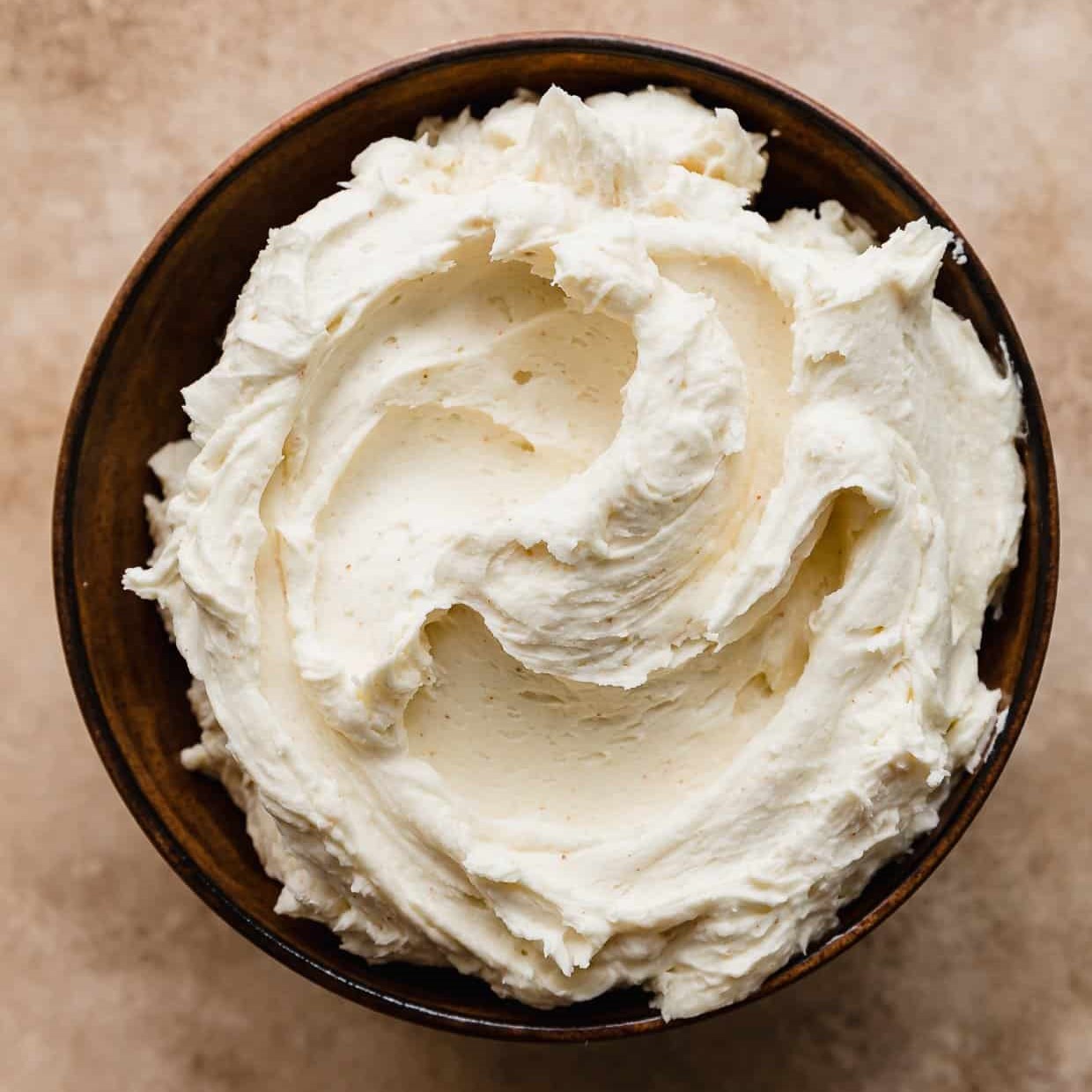

Articles
How To Store Leftover Buttercream
Modified: August 16, 2024
Learn how to properly store leftover buttercream in this informative article. Find tips and tricks for preserving the freshness and taste of your sweet creations.
(Many of the links in this article redirect to a specific reviewed product. Your purchase of these products through affiliate links helps to generate commission for Storables.com, at no extra cost. Learn more)
Introduction
Buttercream is a versatile and delicious frosting that is commonly used to decorate cakes, cupcakes, and other baked goods. It’s made with simple ingredients like butter, sugar, and sometimes flavorings like vanilla or cocoa powder. While it’s always a delight to have freshly made buttercream, there are often leftovers that need to be stored properly.
Leftover buttercream can be a valuable resource for home bakers, as it can be used in future baking projects or as a quick and easy way to satisfy a sweet tooth. However, storing buttercream correctly is essential to maintain its flavor and texture.
In this article, we will explore the best methods for storing leftover buttercream, whether you prefer to keep it in the refrigerator for short-term use or freeze it for long-term storage. We will also provide tips on choosing the right containers and offer guidelines on how to thaw and use buttercream that has been previously stored.
So, if you find yourself with some leftover buttercream and you’re not sure how to store it, keep reading to learn the best practices for keeping your buttercream fresh and delicious!
Key Takeaways:
- Store leftover buttercream in airtight containers or piping bags to reuse in future baking, save money, and maintain its consistency and flavor. Proper storage ensures delicious treats and minimizes food waste.
- When storing leftover buttercream, prioritize food safety by using clean containers, refrigerating promptly, and discarding if suspicious. Thaw and handle stored buttercream carefully to preserve its quality and enjoy delightful baked creations.
Read more: How To Store Buttercream Icing
Understanding Buttercream
Before diving into the topic of storing leftover buttercream, it’s important to understand what buttercream is and the different types available. Buttercream is a rich and creamy frosting that is commonly used in cake decorating. It is made by combining butter, sugar, and any desired flavorings.
There are several types of buttercream, each with its own unique characteristics. The most popular types include:
- American Buttercream: This is the simplest and most basic form of buttercream. It is made by creaming together butter and powdered sugar until smooth. Flavorings such as vanilla extract can be added for extra taste.
- Swiss Meringue Buttercream: This type of buttercream is made by whisking egg whites and sugar over a double boiler until the sugar dissolves. The mixture is then whipped and combined with butter to create a light and silky frosting.
- Italian Meringue Buttercream: Similar to Swiss meringue buttercream, this variation involves pouring hot sugar syrup into whipped egg whites and then adding butter. It results in a fluffy and stable frosting.
- French Buttercream: This buttercream is made by whisking egg yolks and sugar until pale and fluffy, then combining with butter. It has a rich, custard-like texture and a delicate flavor.
Each type of buttercream has its own unique taste and texture, so it’s important to choose one that suits your preferences and the specific requirements of your recipe.
Understanding the type of buttercream you are working with can also help determine the best way to store it. Some types, like Swiss meringue buttercream and Italian meringue buttercream, are more stable and can withstand longer storage periods, while others, like French buttercream, may be more delicate.
Now that we have a better understanding of the different types of buttercream, we can explore the importance of storing leftover buttercream correctly to ensure its quality and freshness.
Why Store Leftover Buttercream?
As a home baker, you may find yourself with leftover buttercream after frosting a cake or decorating cupcakes. Instead of leaving it unused or throwing it away, storing leftover buttercream can be a smart and practical choice for several reasons:
- Reuse in Future Baking: Leftover buttercream can be a great resource for future baking projects. You can use it to frost another cake, pipe onto cupcakes, or even fill macarons or whoopie pies. This can save you time and effort in making fresh buttercream for each new baking venture.
- Quick and Easy Treats: Having stored buttercream on hand allows you to indulge in impromptu sweet treats. You can spread it on cookies, sandwich it between graham crackers, or even eat it straight from the container. It’s a delicious and instant way to satisfy your sweet tooth.
- Economic Value: Buttercream can be costly to make, especially if you’re using high-quality ingredients. By storing leftover buttercream, you maximize the value of the ingredients you used and minimize food waste. It’s a budget-friendly approach that allows you to get the most out of your baking endeavors.
- Consistency and Flavor: Storing your buttercream properly ensures that it maintains the same consistency and flavor over time. This means that when you use it later, it will still have that smooth, creamy texture and delicious taste that you love. It’s like preserving a little piece of baking perfection.
By storing leftover buttercream, you can save both time and money, while also being environmentally conscious by reducing food waste. It’s a win-win situation that allows you to enjoy the benefits of buttercream beyond its initial use.
Now that we understand why storing leftover buttercream is beneficial, let’s explore the different options for containers to keep it in and the tips for properly storing it.
Best Container Options
When it comes to storing leftover buttercream, choosing the right container is crucial to maintain its freshness and prevent any contamination. Here are some of the best container options to consider:
- Airtight Containers: Airtight containers, such as glass jars or plastic containers with tight-fitting lids, are ideal for storing buttercream. These containers prevent air from entering and protect the frosting from exposure to odors and moisture that can affect its taste and texture. Make sure the container is clean and dry before transferring the buttercream.
- Piping Bags: If you have a considerable amount of leftover buttercream and plan to use it for piping or decorating in the future, consider transferring it into a piping bag. Fill the bag with the buttercream, squeeze out any excess air, and seal it tightly. This method is convenient for storing and piping without the need for additional equipment.
- Plastic Wrap or Cling Film: If you only have a small amount of leftover buttercream, you can wrap it tightly with plastic wrap or cling film. Press the wrap against the surface of the buttercream to minimize air exposure. This method is especially useful when you want to store buttercream for immediate use or for short periods.
When choosing a container, opt for food-grade and BPA-free options to ensure that there are no harmful substances leaching into the buttercream. Additionally, consider the size of the container based on the amount of buttercream you have – choose a container that allows some room for expansion if freezing.
Labeling the container with the date of storage can also be helpful, especially if you plan to store the buttercream for an extended period. This way, you can keep track of its freshness and usage.
Now that we know the best container options, let’s move on to some tips for properly storing leftover buttercream.
Tips for Storing Leftover Buttercream
Properly storing leftover buttercream is essential to maintain its quality and freshness. Follow these tips to ensure that your buttercream stays delicious and ready for future use:
- Transfer and Seal: Transfer the leftover buttercream into a clean and airtight container, whether it’s a glass jar, plastic container, or piping bag. Ensure that the container is sealed tightly to prevent air from entering, which can cause the buttercream to dry out.
- Remove Air Pockets: If using a container, press a piece of plastic wrap directly onto the surface of the buttercream before sealing the lid. This helps to eliminate any air pockets that can lead to oxidation and affect the texture and taste of the frosting.
- Refrigerate Promptly: If you plan to use the buttercream within a few days, store it in the refrigerator. Place the container in the coldest part of the fridge to maintain its freshness. Avoid storing buttercream at room temperature for extended periods, as it can spoil and become a breeding ground for bacteria.
- Freeze for Long-Term Storage: For longer storage periods, freezing buttercream is a viable option. Ensure that the container is freezer-safe and leave some headspace for expansion as the buttercream freezes. It’s best to freeze buttercream in smaller portions for convenience when defrosting and using later.
- Note Flavors and Dates: Label the container with the flavor of the buttercream and the date of storage. This will help you keep track of the different flavors you have stored and ensure that you use the oldest ones first.
By following these tips, you can extend the shelf life of your leftover buttercream and ensure that it stays delicious until you’re ready to use it.
Next, we will explore the specific steps to store buttercream in the refrigerator and freezer. Continue reading to learn the best practices for each method.
Read more: How To Store American Buttercream
How to Store Buttercream in the Fridge
Storing buttercream in the fridge is a common method to keep it fresh for short-term use. To store your leftover buttercream in the refrigerator, follow these steps:
- Cool the Buttercream: Allow the freshly made buttercream to cool completely at room temperature before transferring it to the fridge. This prevents condensation from forming inside the container and affecting the texture of the frosting.
- Transfer to an Airtight Container: Once the buttercream has cooled, transfer it to a clean and airtight container. This can be a glass jar, plastic container, or any other suitable option. Fill the container, leaving some space at the top to account for any expansion.
- Seal the Container: Ensure that the container is tightly sealed to prevent any air from entering. This helps to maintain the freshness of the buttercream and prevents any unwanted flavors or odors from permeating the frosting.
- Refrigerate: Place the container in the coldest part of your refrigerator, such as the back of the lower shelf. Keep it away from strong-smelling foods to avoid any cross-contamination of flavors.
- Use Within a Few Days: While refrigeration can help preserve the buttercream for a short time, it’s best to use it within a few days for optimal taste and texture. Buttercream stored in the refrigerator may start to lose its freshness and may need to be re-whipped before use.
Remember to check the buttercream for any signs of spoilage, such as a sour smell or unusual discoloration, before using it. If you notice any signs of spoilage, it’s best to discard it to ensure your safety.
Now that you know how to store buttercream in the fridge, let’s explore the next storage method: freezing.
Store leftover buttercream in an airtight container in the refrigerator for up to 2 weeks or in the freezer for up to 3 months. Before using, let it come to room temperature and re-whip to restore its creamy texture.
Freezing Buttercream: Step-by-Step Guide
Freezing buttercream is a great option for long-term storage, allowing you to have a stash of frosting ready whenever you need it. Follow these steps to freeze your leftover buttercream:
- Cool the Buttercream: Similar to storing in the fridge, let the buttercream cool completely at room temperature before freezing. This ensures that the frosting maintains its texture and quality.
- Portion and Package: Divide the buttercream into smaller portions based on your future usage. This makes it easier to thaw and use only what you need. You can use an ice cream scoop or a piping bag to portion the buttercream. If using a piping bag, seal the bag securely to prevent freezer burn.
- Wrap and Seal: Wrap each portion of buttercream tightly in plastic wrap or cling film. Press the wrap against the surface of the frosting to remove any air pockets. Then, place the wrapped portions into a freezer-safe container or resealable plastic bags.
- Label and Date: Label each package with the flavor and date of freezing. This helps you keep track of the different flavors and ensures that you use the oldest packages first.
- Freeze: Place the packaged buttercream in the freezer, ensuring that it is arranged in a flat and stable position. This prevents the containers from shifting or being damaged by other items in the freezer.
When properly thawed, frozen buttercream can still maintain its texture and flavor. It’s important to thaw only the portion you need to avoid repeated freezing and thawing, which can affect the consistency of the frosting.
Now that you have successfully frozen your buttercream, let’s move on to the next step: thawing.
Thawing Frozen Buttercream
Thawing frozen buttercream is a crucial step to bring it back to its smooth and creamy consistency. Follow these steps to properly thaw your frozen buttercream:
- Transfer to the Fridge: Take the desired portion of frozen buttercream from the freezer and transfer it to the refrigerator. Place it on a plate or in a container to catch any condensation that may occur during the thawing process.
- Allow Time to Thaw: The buttercream will need some time to thaw in the refrigerator. Depending on the portion size, it may take several hours to overnight. Be patient and resist the temptation to speed up the process by using a microwave or heating methods, as they can compromise the texture and consistency of the buttercream.
- Check Consistency: Once thawed, check the consistency of the buttercream. If it has separated or become too soft, gently mix it with a spatula or whisk until it reaches a smooth and creamy texture. Avoid overmixing as it can introduce air bubbles into the frosting.
- Re-Whip (If Needed): If the thawed buttercream appears too soft or has lost its structure, you can re-whip it with an electric mixer. This will help restore its volume and fluffiness. Start at low speed and gradually increase to medium until you achieve the desired consistency.
It’s important to note that thawed buttercream may not be as stable as freshly made frosting. Therefore, it’s best to use it for spreading or piping immediately after thawing rather than storing it again.
Now that you know how to properly thaw frozen buttercream, let’s explore how you can use previously stored buttercream and some safety guidelines to keep in mind when storing buttercream.
Using Previously Stored Buttercream
Using previously stored buttercream is a convenient way to save time and utilize your leftover frosting. Here are some tips to ensure the best results when using buttercream that has been stored:
- Inspect for Quality: Before using the stored buttercream, inspect it for any signs of spoilage, such as an off smell or unusual texture. If it appears questionable, it’s safest to discard it to avoid any potential foodborne illnesses.
- Thaw Properly: If you have frozen the buttercream, make sure to thaw it using the steps outlined earlier. Avoid using frozen buttercream directly as it may cause your baked goods to become soggy or affect their overall texture.
- Re-Whip and Adjust Consistency: Once thawed, give the buttercream a good whisk or re-whip with an electric mixer to restore its light and fluffy texture. If needed, you can add a small amount of powdered sugar or liquid (such as milk or heavy cream) to adjust the consistency to your liking.
- Refresh the Flavor: If the buttercream has been stored for an extended period, you may notice a slight change in the flavor. To refresh the taste, you can add a small amount of flavor extract, like vanilla or almond, to enhance the overall flavor profile.
- Use for Decorating: Previously stored buttercream is excellent for decorating cakes, cupcakes, cookies, or any other baked goods. You can use it for piping elaborate designs, spreading smooth layers, or creating intricate patterns. The options are endless!
Remember that the quality of the final result will depend on how well the buttercream was stored and how carefully it was thawed. Proper storage and handling will ensure that your previously stored buttercream retains its delicious taste and smooth consistency.
Now that you know how to use previously stored buttercream, let’s discuss some important safety guidelines to keep in mind when storing this frosting.
Read more: How To Store Cake With Buttercream Frosting
Safety Guidelines for Storing Buttercream
While storing buttercream can be convenient and practical, it’s essential to prioritize food safety to prevent any potential health risks. Here are some safety guidelines to keep in mind when storing buttercream:
- Hygiene and Cleanliness: Always ensure that your hands, utensils, and containers are clean and free from any contaminants before handling buttercream. This helps prevent the growth of harmful bacteria that can cause foodborne illnesses.
- Proper Storage Containers: Use airtight, food-grade containers to store buttercream. These containers should be clean, dry, and free from any lingering odors or flavors that can transfer to the frosting.
- Storage Temperature: Refrigerate or freeze the buttercream promptly after it has cooled down to avoid bacterial growth. In the refrigerator, store it at a temperature below 40°F (4°C) to maintain its freshness. In the freezer, aim for temperatures at or below 0°F (-18°C) to prevent freezer burn.
- Storage Duration: Buttercream stored in the refrigerator should be used within a few days, while frozen buttercream can be stored for several months. Always label the containers with the date of storage to keep track of its freshness.
- Discard if Suspicious: If the buttercream shows any signs of spoilage, such as an off smell, unusual texture, or discoloration, it’s safest to discard it. Consuming spoiled buttercream can lead to foodborne illnesses, which can cause severe discomfort and health issues.
- Avoid Double Dipping: When using stored buttercream, do not double dip or cross-contaminate the frosting with other ingredients, tools, or fingers. This helps maintain its integrity and prevents the introduction of harmful bacteria.
By following these safety guidelines, you can ensure that the stored buttercream remains safe to consume and enjoyable to use in your baking projects.
Congratulations! You are now equipped with the knowledge to efficiently store and use leftover buttercream while maintaining safety and quality. So go ahead and whip up those delectable creations without any worries!
With the right storage techniques and adherence to food safety practices, you can make the most of your buttercream and elevate your baking endeavors.
Note: Remember to always consult local food safety guidelines and regulations for specific recommendations regarding buttercream storage and handling.
Thank you for reading, and happy baking!
Conclusion
Properly storing leftover buttercream is essential to maintain its quality, flavor, and texture for future use. By following the guidelines and tips outlined in this article, you can make the most of your buttercream and reduce food waste. Whether you choose to store it in the refrigerator for short-term use or freeze it for long-term storage, the right container and proper handling will ensure that your buttercream remains fresh and delicious.
Remember to use airtight containers to prevent air exposure and contamination, and label each container with the flavor and date of storage for easy organization. Whether you plan to reuse the buttercream in future baking projects or enjoy it as a quick treat, proper storage will help maintain its consistency and flavor.
When using previously stored buttercream, ensure that it has been thawed and handled correctly to preserve its quality. Always prioritize food safety by practicing good hygiene, using clean utensils, and monitoring for any signs of spoilage. If in doubt, it is best to discard any buttercream that appears suspect to prevent potential health risks.
By following the safety guidelines outlined in this article, you can confidently store and use leftover buttercream while ensuring the safety and enjoyment of your culinary creations. So the next time you find yourself with some extra buttercream, don’t hesitate to store it properly and let your imagination run wild with the possibilities!
Thank you for reading, and happy baking!
Frequently Asked Questions about How To Store Leftover Buttercream
Was this page helpful?
At Storables.com, we guarantee accurate and reliable information. Our content, validated by Expert Board Contributors, is crafted following stringent Editorial Policies. We're committed to providing you with well-researched, expert-backed insights for all your informational needs.
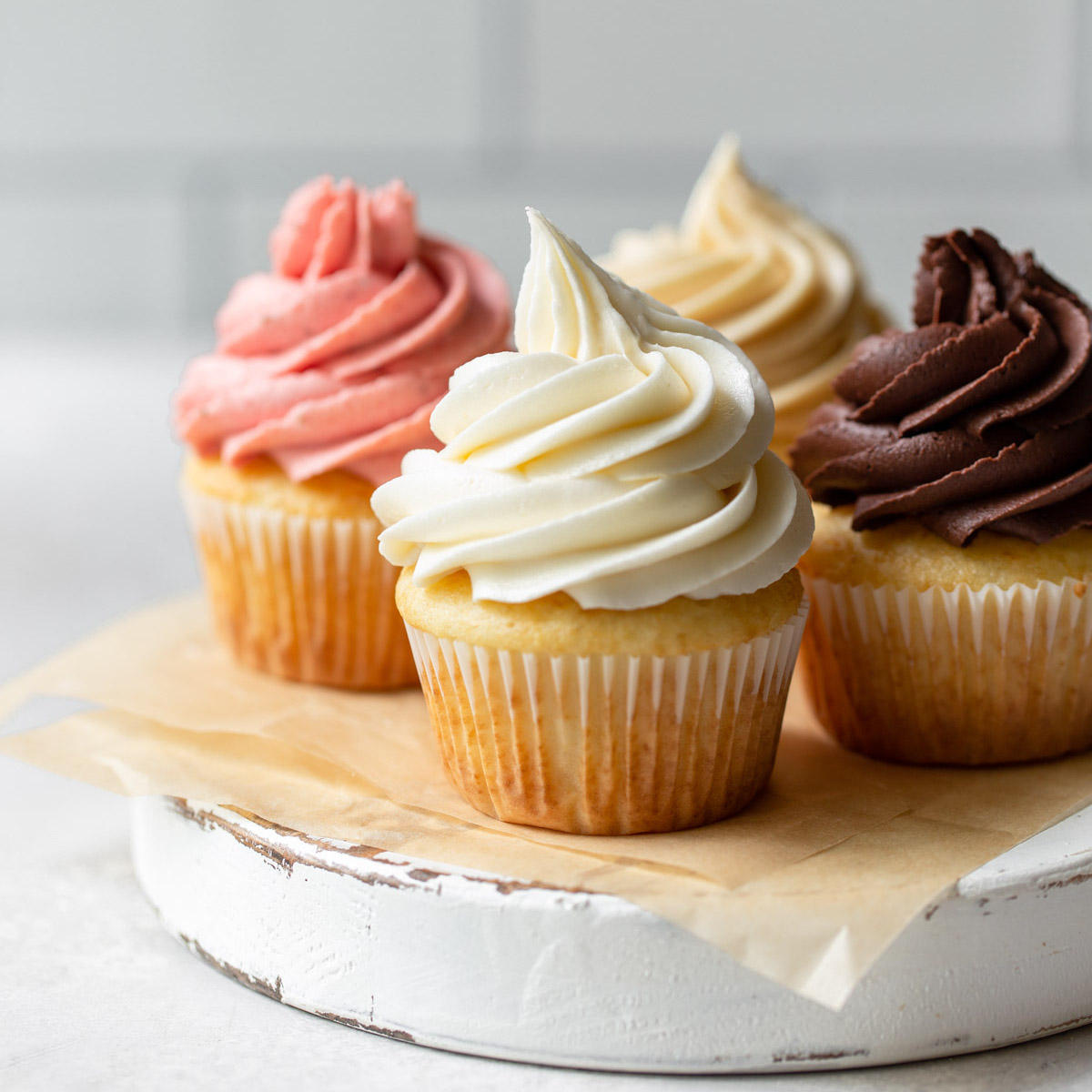
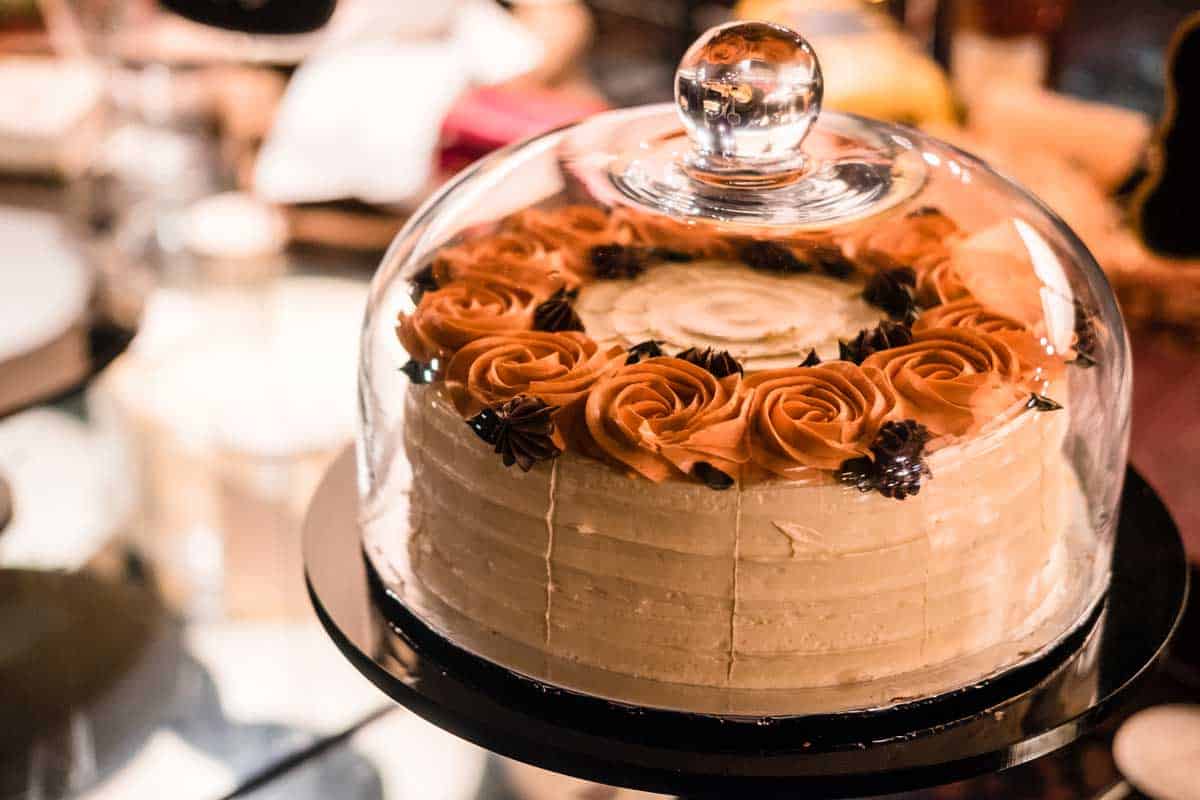
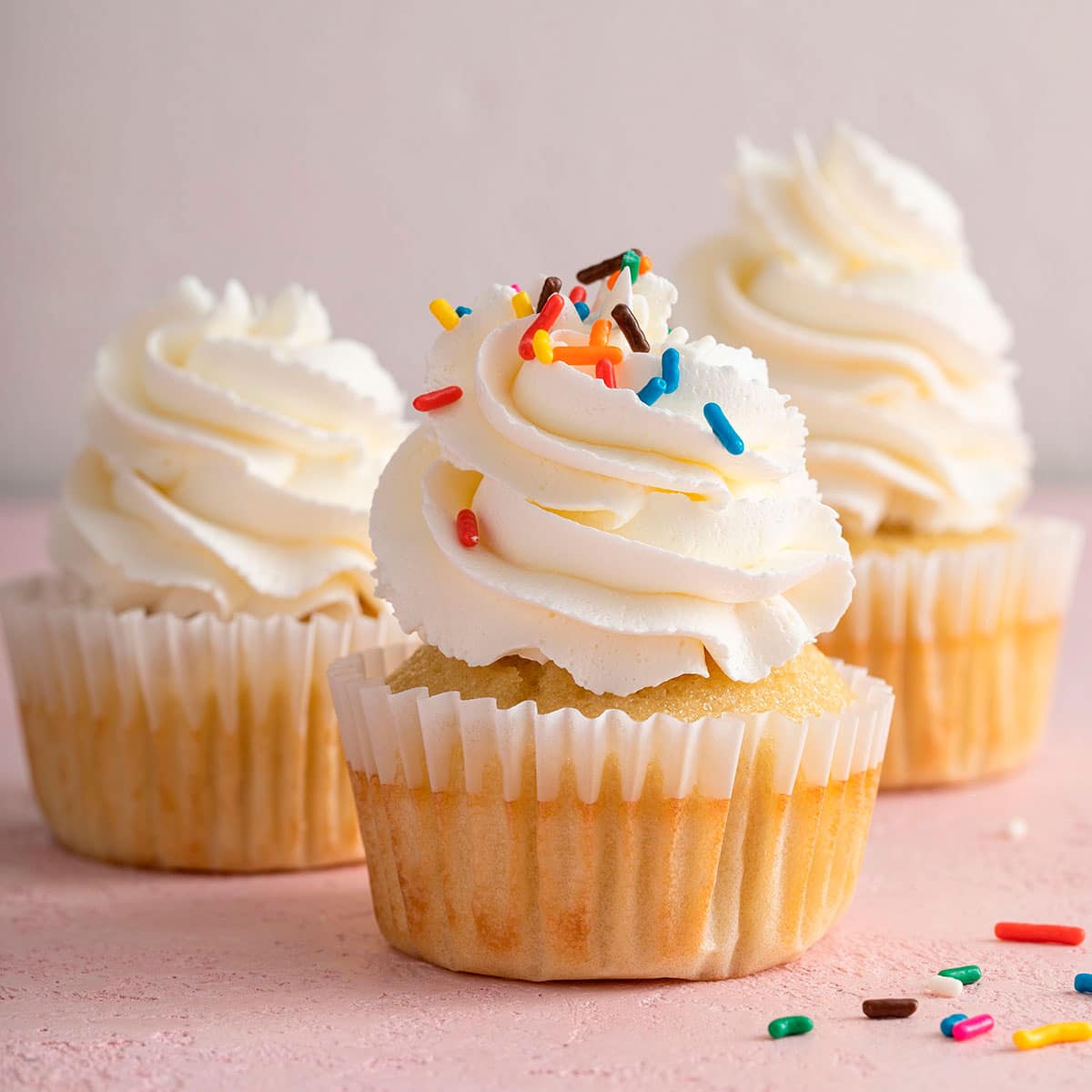
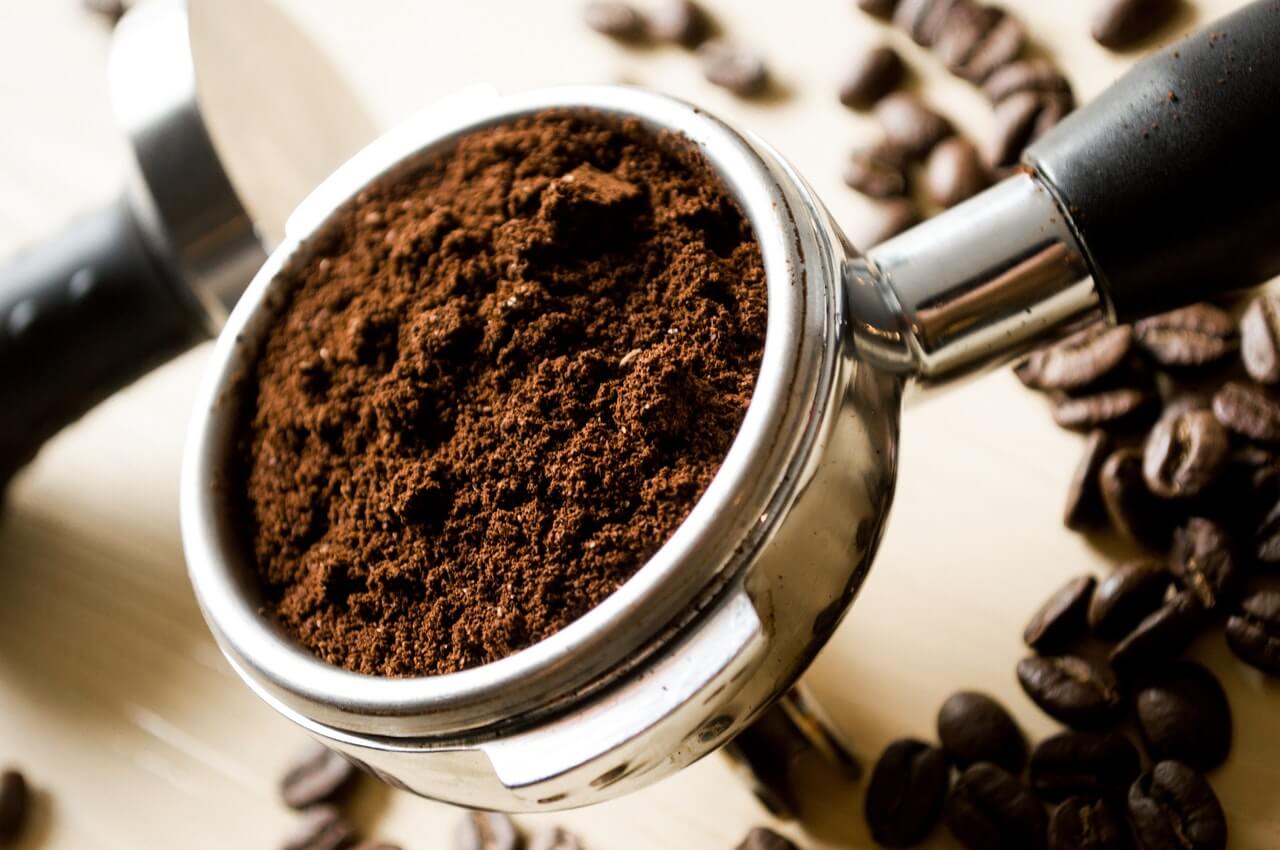
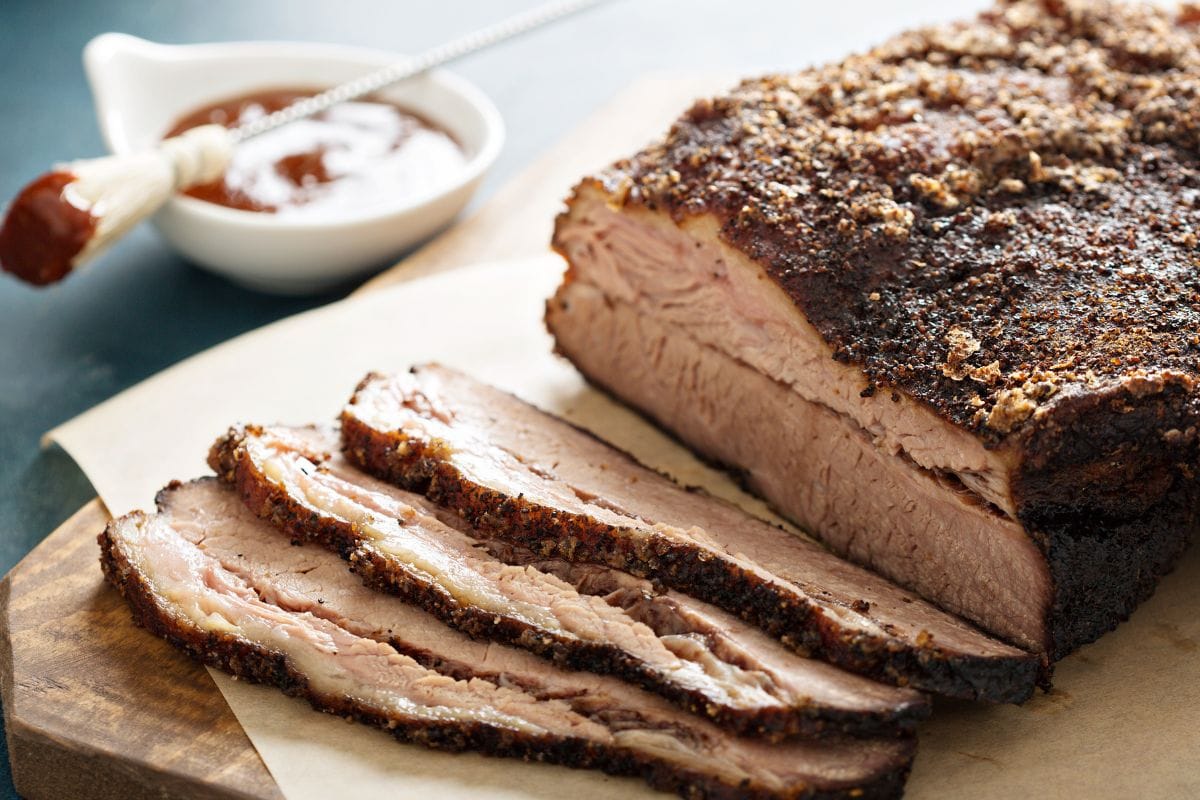
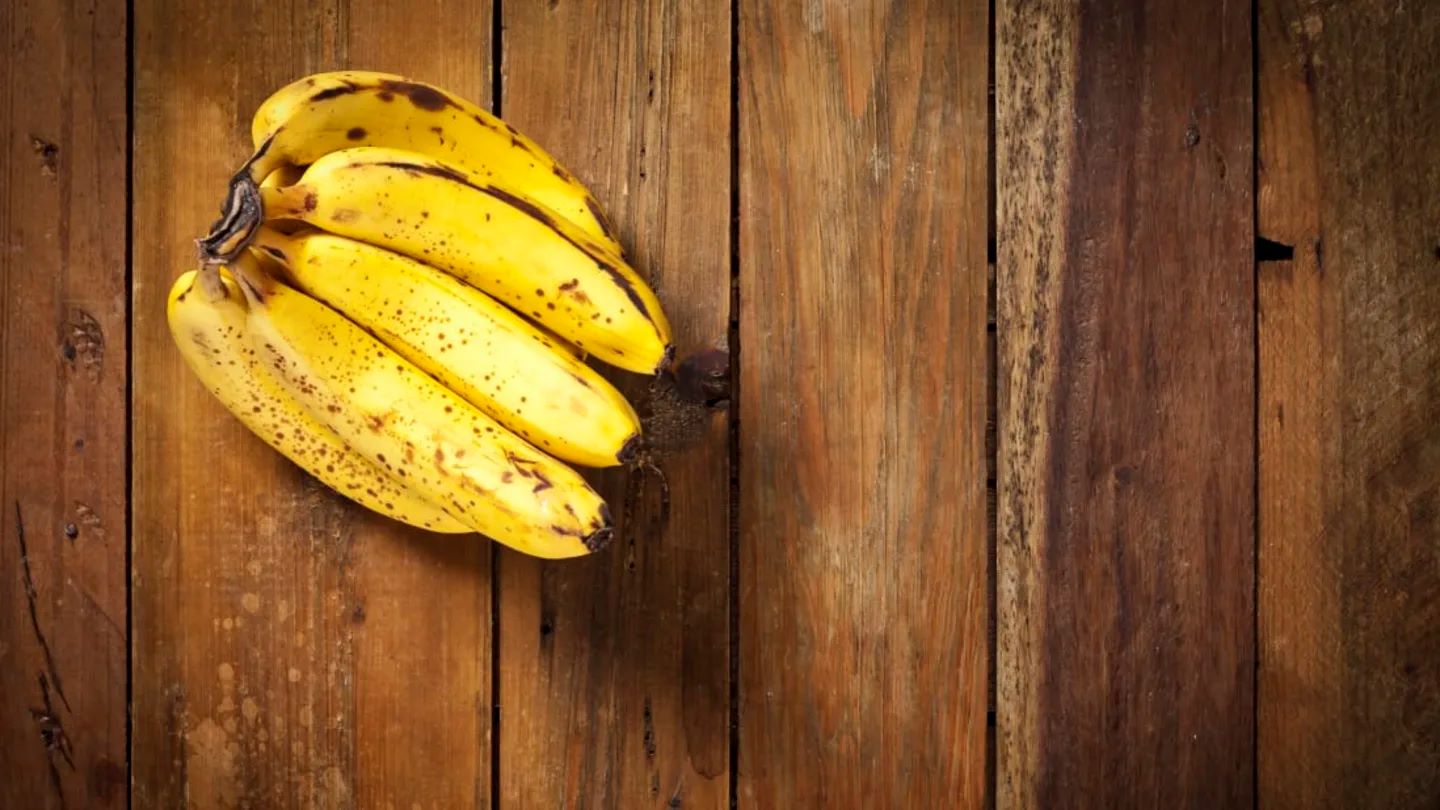
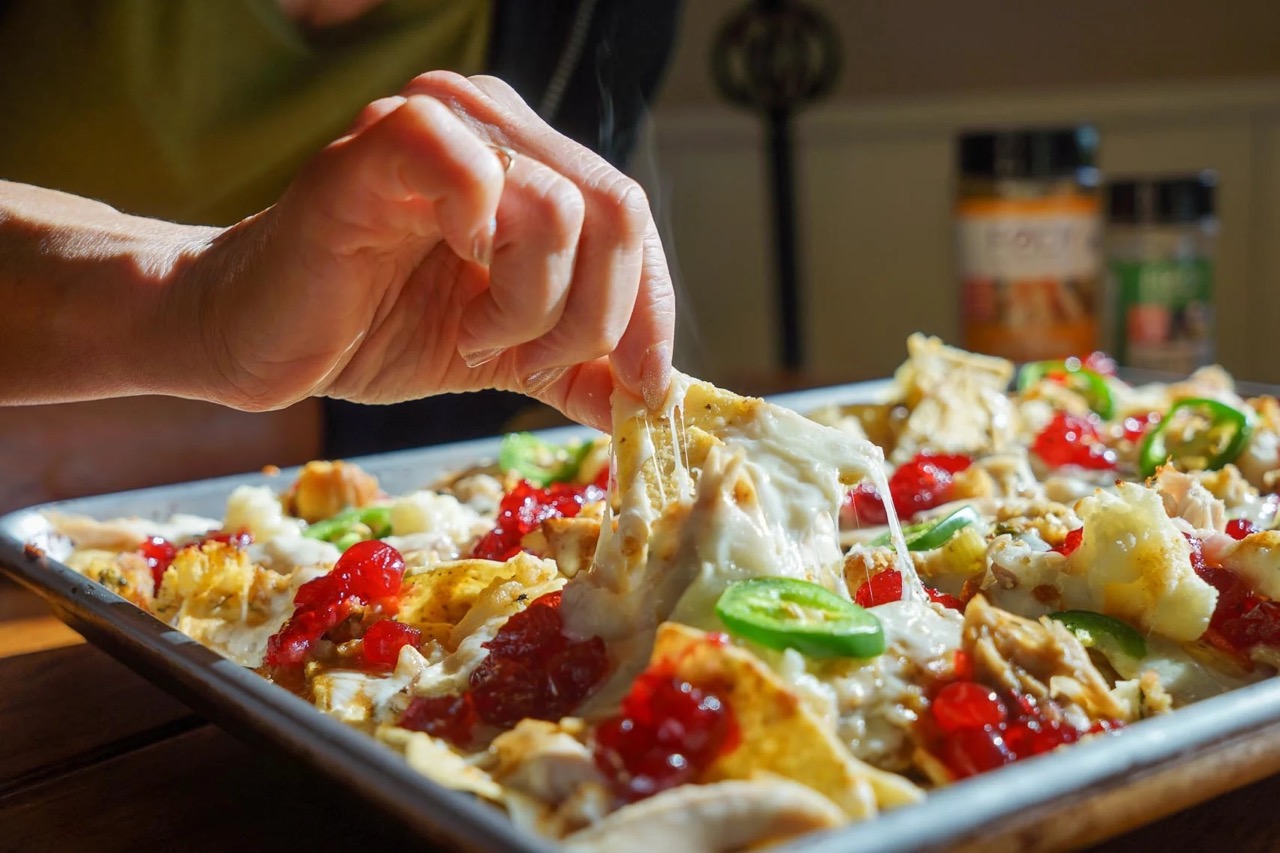




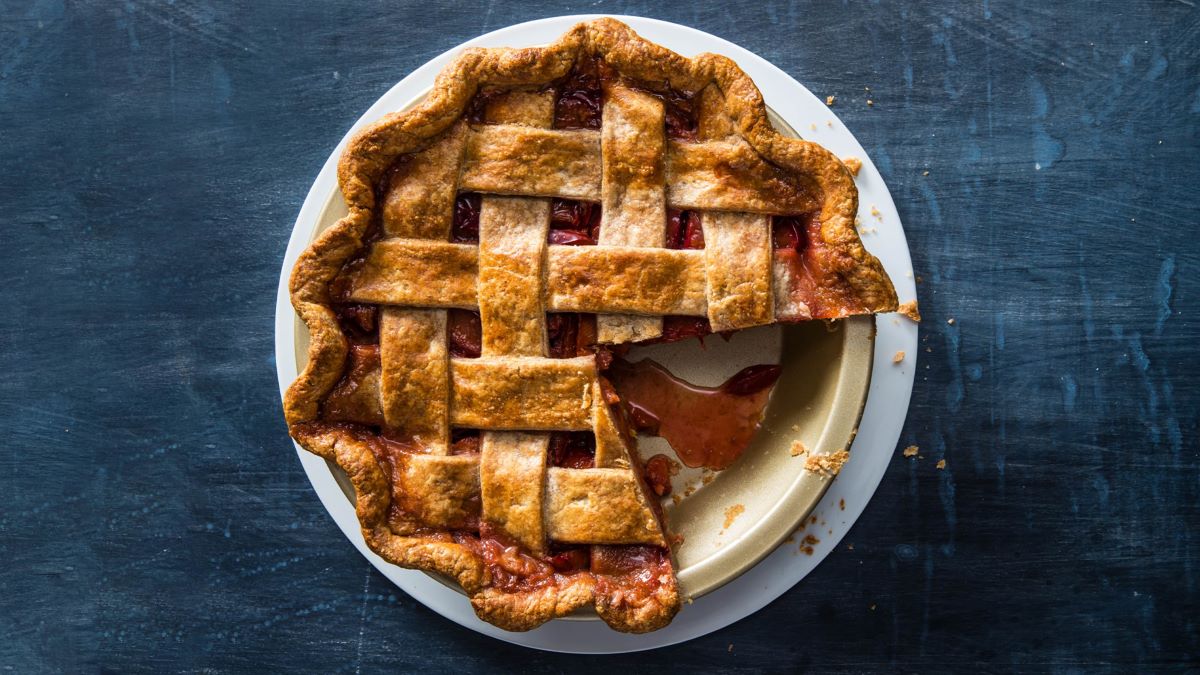
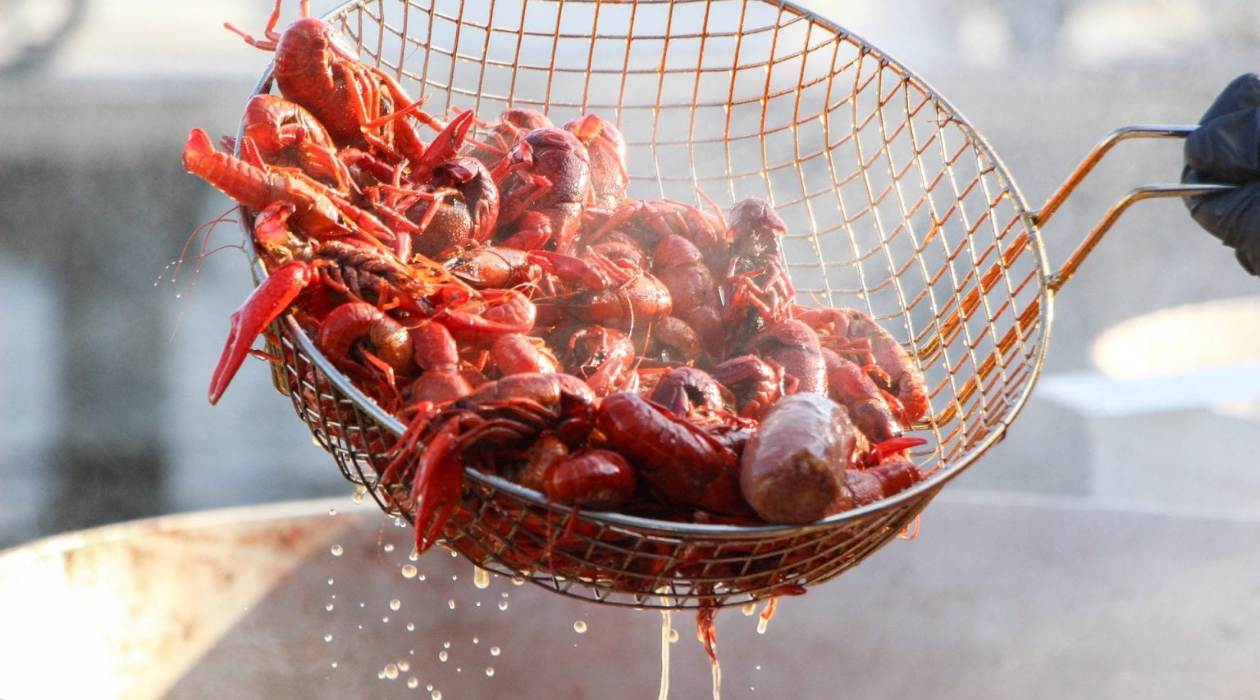

0 thoughts on “How To Store Leftover Buttercream”